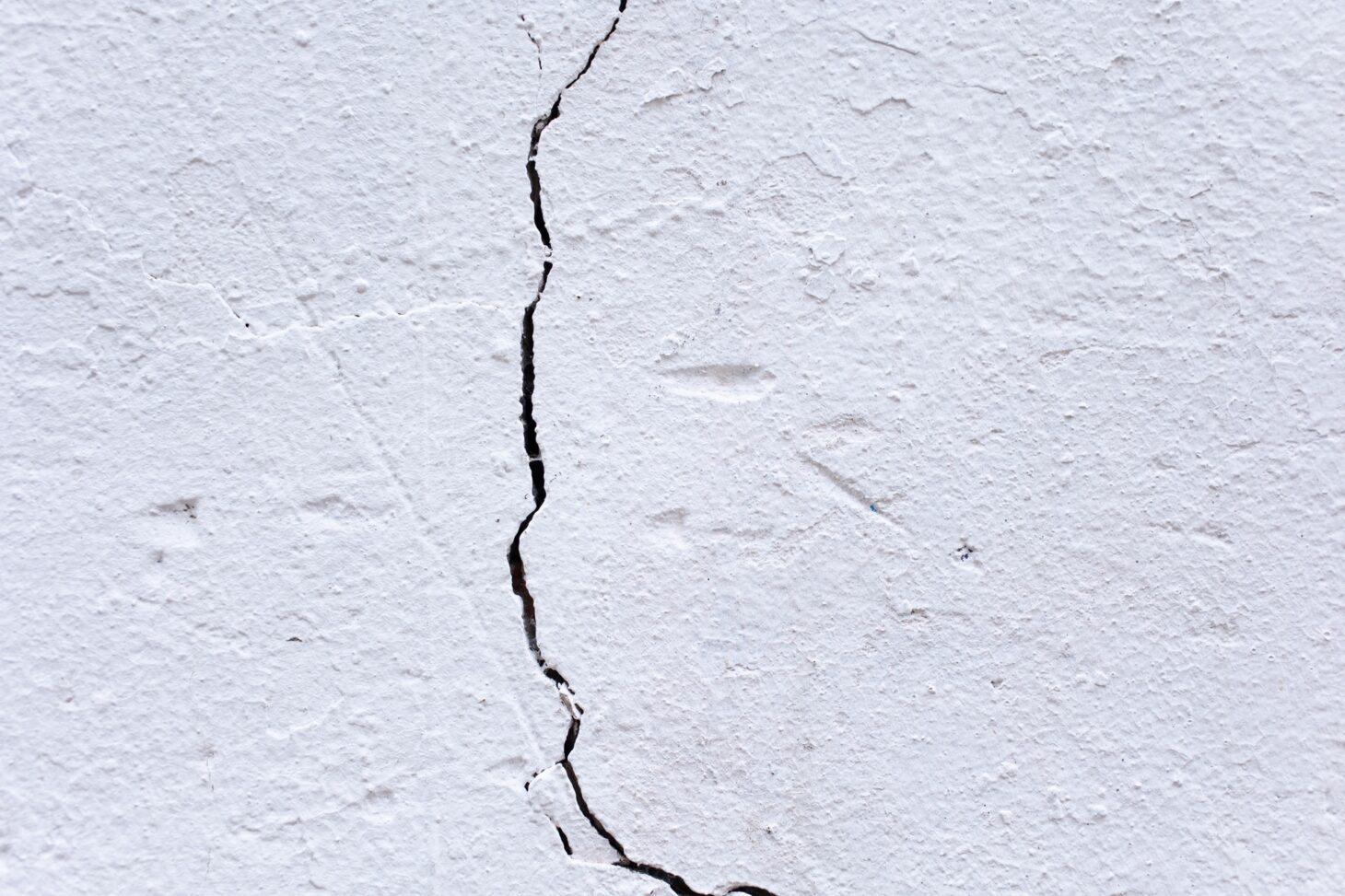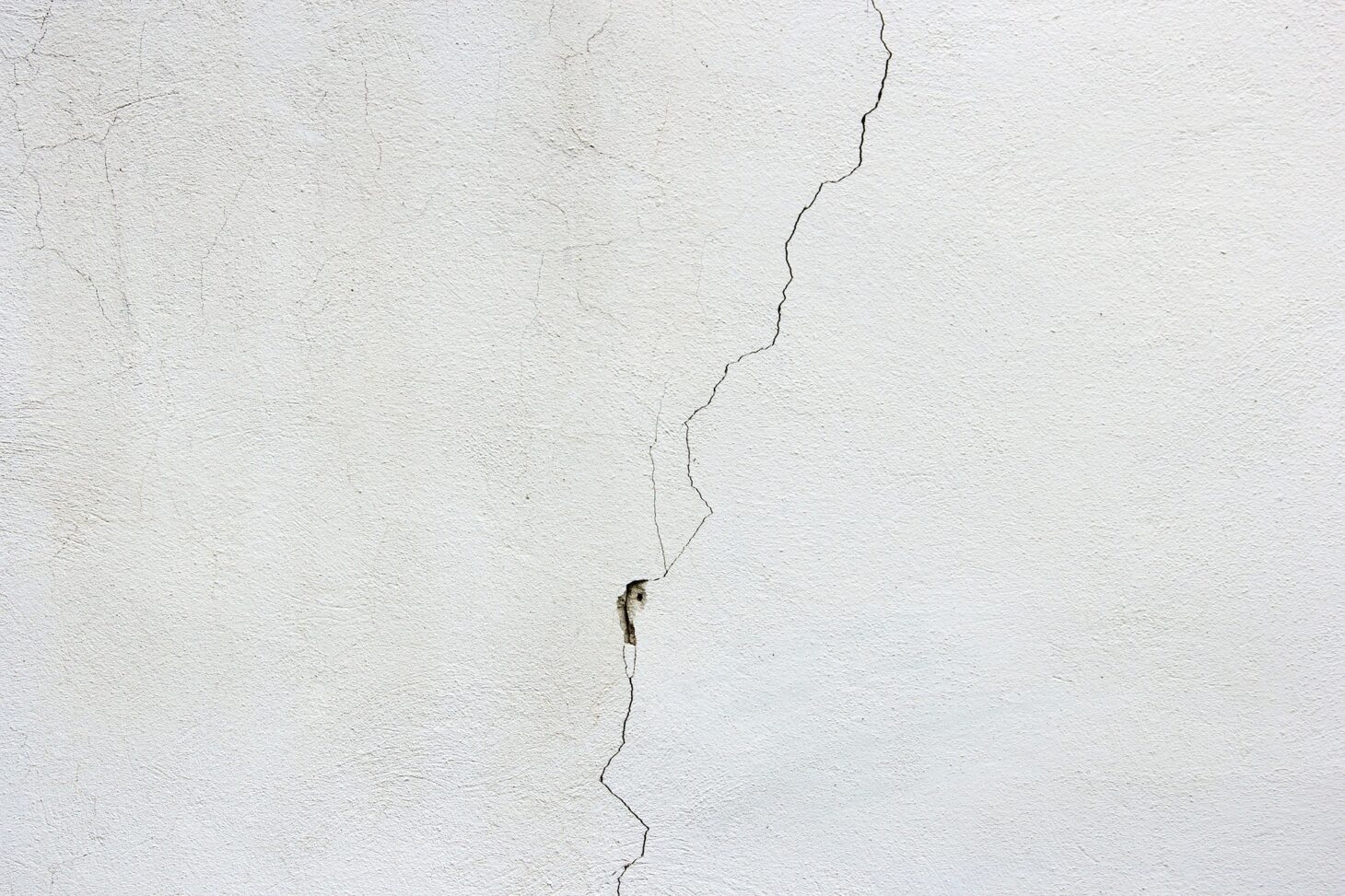Having to redo an entire room or even your exterior is a tricky thing that could ever happen. This is often the case for your home because the paint has cracked. But why does this happen, and how can you prevent it from happening?
In the same way, if you recently had your home’s exterior painted, yet cracks appear, what’s the problem? Significantly when a paint never deteriorated, what could have been the reason for the paint to crack?
Those who appear to have lost their “dad skills” tried-and-true words of wisdom passed down through generations over the old fellow’s toolbox have failed miserably at decorating before getting negged out and giving up. DIY has fallen out of favour in recent years.
Well, don’t despair; most DIY mistakes can be remedied with a bit of knowledge and experience. So let’s explain briefly why paint cracks and how you can prevent them from happening again.

What are the most prevalent reasons for paint cracking?
A new coat of paint can do wonders for the appearance of your home and furnishings. It’s a great way to make a house feel alive and a great way to open up a room. A simple coat of paint can turn into a nightmare if not done correctly when it comes to painting. When a painting job goes wrong, it’s hard to find any consolation. In other words, this can become an eyesore rather than an artistic creation. It is not uncommon for the paint to crack, bubble, or peel after prolonged exposure to the elements. You may wonder why and how this is the case. It occurs. Avoid it before starting your next paint project or hiring a professional painter. Here is why your freshly painted walls have already begun to peel.
- Accomplishment (Or Lack Thereof)
Several preparatory steps must be taken before painting can begin. This includes choosing a colour, finish, and painting tool. It is simple to overlook the significance of adequately preparing the surface before painting. For a flawless paint job, this step is critical. When paint cracks, chips, peels, or bubbles, it’s usually because of a lack of prior preparation. Before painting, ensure the surface is free of dust and debris. Your new paint will look better if you remove any dirt, dust, or other debris that may have been stuck to the wall. In addition, filling in dents or holes in the wall can make all the difference. You may also need to sand and prime the surface.
- Paints of Poor Quality
The adage “you get what you pay for” is certainly true when it comes to painting—the lower the painting price, the more likely it will not last. As a result, it may flake, crack, or chip more readily and sooner than it would with a higher-quality paint. So do your research before deciding on your paint colour. Always do your homework, ask around, and read customer reviews before purchasing a product. When making these kinds of decisions, price is always a consideration, but consider spending a little more now for better quality paint. This lasts longer. Avoiding the need to retouch and repaint your home may also save you money in the long run.
- When Painting, Common Mistakes Are Made
During the painting process, mistakes are common causes of paint cracking. Using the right amount of paint is critical to the project’s success. However, using too much or too little paint can lead to cracking, which can be highly inconvenient. Fortunately, this can be quickly resolved. If necessary, you can always add more paint and stop when you think you’ve used enough to avoid overdoing it. Before adding another layer of paint, the first layer must completely dry. Then, applying a second coat of paint before the first has dried makes the surface look sloppy and cracked.
- Factors in the environment
The bubbling of the paint is one of the causes of peeling or cracking paint. The paint can crack entirely after it has started to bubble up. Moisture, heat or both can cause paint to bubble up. First, make sure the wall is arid and cool before beginning the painting process. The paint won’t stick unless the wall is completely dry or hot. It’s best to stay away from painting in a humid environment. You may want to try painting during a more favourable year or by employing a dehumidifier as a last resort.
- The Process of Ageing in the Natural Environment
The ageing process of paint is natural, just as it is for us humans. Painting can crack over time, and this is merely a sign that the paint has served its purpose. This is a time when it is nearing its end of usefulness. The old paint needs to be scraped off and applied to a fresh coat. For each painting, the lifespan is different because not all paints are the same. Ask about the paint’s life expectancy before making a purchase.
What other options are there for cracked paint?
Even in harsh temperatures and weather conditions, there is paint that does not crack.
If you read the preceding advice, you should be able to fix the problem the next time you take up a brush for interior painting.
Even if a long-lasting paint is there on the market, the paint manufacturers would not want you to know about it because they might want to sell you more paint with lower longevity. This is why most exterior paints last only a couple of years.

This can be remedied by using wall coatings, but what are outside wall coatings?
As trained coating installation crews apply unique paints with a high-power spray gun, textured masonry wall coatings never crack once applied to your home’s exterior. The company guarantees that they won’t break for 20 years!
In addition, it has other properties, such as resistance to blistering, flaking, and peeling. Unlike most regular paints, it comes with a comprehensive warranty guaranteeing stated longevity.
Conclusion
If your home’s paint is already peeling, cracking, or bubbling, you might want to give it a shot to call professionals. If you don’t do it correctly, removing the paint can be time-consuming, stressful, and even damaging to the surface. So while you’re at work, they are there to fix and repaint your house.





